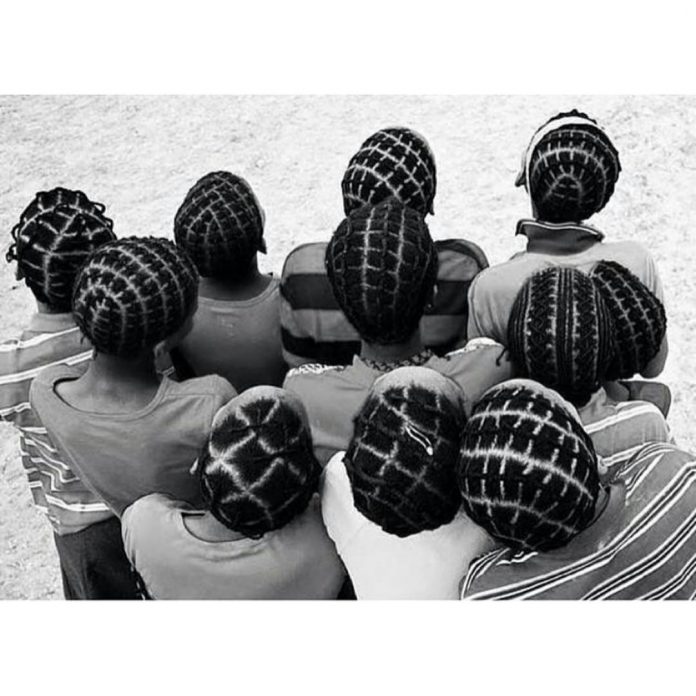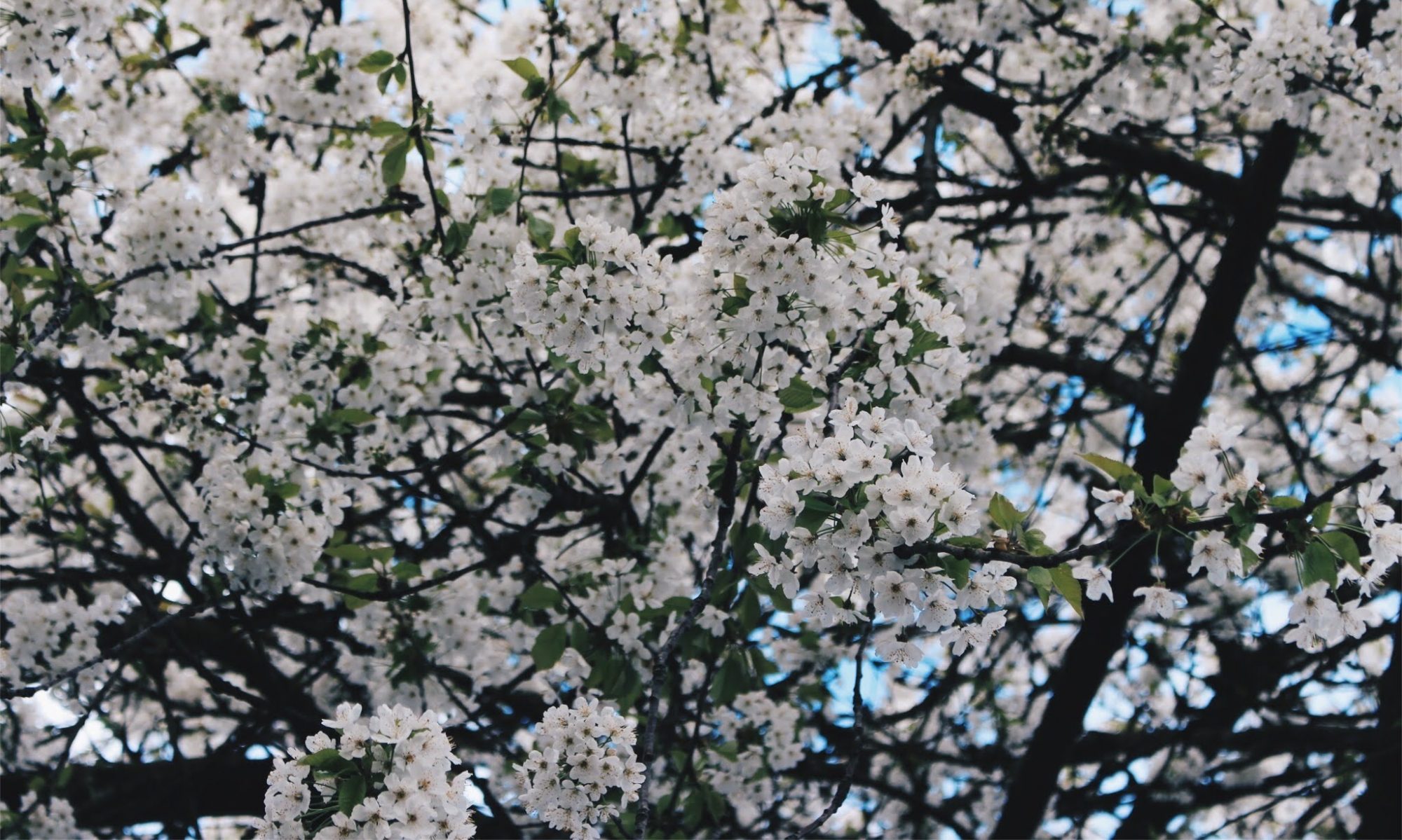
The beginning of the cornrow trend
In the 16th century, Columbia brought in their first slaves after the Spaniards colonized the area. These slaves were Africans who were forced to leave their continent to do free labour in South America. Some chores that they had to do were extracting alluvial gold deposits and growing sugar canes. In Eastern Columbia, there were also slaves that manufactured textiles. Further, the masters of the slaves forced many of them to shave their heads because they said they wanted the slaves to be more sanitary. However, what they truly wanted was to strip away their African identity; but not all Africans would shave their heads, some would style their hair in cornrows so that the tight braids would give them a tidy look.

A tactful way to freedom
Later on, Benkos Bioho, who was a kind that was captured by the Portuguese, found a way to escape and build a new community. He created villages in Columbia in the 17th century and with the aid of other slaves, he made a language and a network that helped other slaves escape. Benkos eventually invented a way to communicate through cornrows. His idea was to make maps and pass messages by coming up with different designs and patterns. Additionally, slaves were not allowed to read or write, and even if they had been able to, the information could end up in their masters’ hands and it would not end well. An example of a cornrow that was used to pass on messages is called “departes,” and it was used as a sign of escape. In Washington Post’s article, Ziomara Asprilla Garcia explains “It had thick, tight braids, braided closely to the scalp, and was tied into buns on the top.” Ultimately, cornrows were a genius was to relay information because it didn’t raise any suspicion with the masters.

Remembering the ancestors
Rather than turning a blind eye, many people of this culture are still using braided hair as a stylistic choice. Even though cornrows are being worn by Africans for aesthetic purposes, they are also being worn to commemorate the brutal past of their ancestors. They’re a sign of pride and honor to this genius method of discreet communication. Thus, by pairing cornrows with traditional garments; they are, like Garcia says, keeping their “tradition alive.” Although cornrows are seen as unprofessional in a workplace, they should be recognized and admired for the significant impact it has had on the freedom of slavery.

Sources
https://aaregistry.org/story/afro-columbians-a-brief-history/
https://edtimes.in/africans-used-to-hide-escape-maps-from-slavery-in-their-hairstyles/
